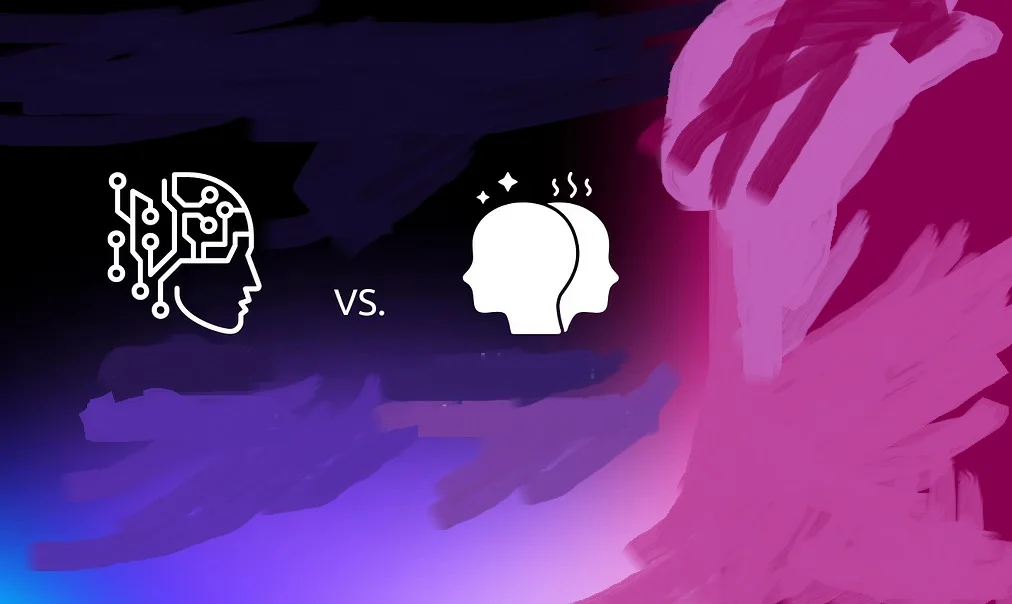AI, ChatGPT has edged into the professional writing and content creation domain with a level of sophistication that was once reserved for human experts. The advent of AI language models like OpenAI’s GPT-3, more colloquially known as ChatGPT, has sparked debate over the future of written communication. In this comprehensive analysis, we will explore the capabilities of ChatGPT, compare them to human writers, and cast an eye toward the future of AI in language modeling, identifying ethical considerations and potential applications across various industries.
The Rise of ChatGPT: A New Chapter in AI Writing
In July 2020, OpenAI unveiled the third iteration of their Generative Pre-trained Transformer, ChatGPT, a language model designed to generate human-like text based on provided prompts. This was a groundbreaking development, showcasing AI’s ability to comprehend and respond to complex language prompts with coherent, diverse outputs.
Understanding ChatGPT’s Capabilities
ChatGPT, at its core, is a text-generating AI model that operates on a vast array of parameter-driven calculations. The model uses the input text to predict and generate the most likely next sentence. It can cite sources, translate languages, summarize articles, and even write creative pieces. The key to its success lies in the copious amounts of training data and the intricate architecture that enables it to learn the nuances of language.

The ChatGPT Experience
With ChatGPT, users can engage in a conversation, prompt it to explain philosophical concepts, and even help brainstorm article ideas. The experience is astonishingly human-like, with occasional quirks that amuse as much as they impress.
Comparing ChatGPT to Human Writers
In a head-to-head comparison, ChatGPT faces off against professional writers across various genres and mediums. We investigate the metrics to answer who performs better: AI or human.
Creativity and Versatility
When it comes to sheer volume and variety, ChatGPT can undoubtedly outperform a human. It can generate multiple unique stories from the same prompt and adopt different tones with ease. However, on a qualitative level, its output may lack the deep emotional resonance and originality found in human work.
Quality of Content
AI-generated content tends to be error-free and consistent, but it can sometimes produce nonsensical or unimaginative text. Meanwhile, human writers offer a unique perspective and are capable of producing high-quality, engaging content with a personal touch.
Ethical Considerations
The overt speed and scale at which AI can produce content raise ethical questions regarding authorship and plagiarism. There is also the matter of transparency, as AI-composed pieces might not make their true nature known to readers.
The Future of AI Language Models
The horizon for AI language models, to which ChatGPT belongs, appears to be both exciting and uncertain. We discuss the advancements on the horizon and future implications for the writing community.
Broader Applications
ChatGPT’s capabilities highlight AI’s potential beyond content creation. From personalized education to medical diagnostics, the natural language processing of AI is poised to revolutionize various sectors.
Increasing Complexity
Future iterations of ChatGPT may provide even more human-like interactions. This raises the question of how society will respond to AI that not only mimics human text but begins to display a form of understanding and empathy.
Unpacking the Ethical Implications
With great power comes great responsibility, and AI language models embody this statement. Ethical considerations are at the forefront of discourse surrounding these technologies.
Content Ownership and Originality
Who owns the content generated by AI — the user, the AI model, the developer, or no one? This critical question has the potential to reshape existing copyright laws and practices.
Social Impact and Bias
AI models, including ChatGPT, are trained on vast datasets that may inadvertently embed societal biases into their frameworks. Recognizing and combating these biases is crucial to ensure AI’s contribution to an equitable society.
Misinformation and Trust
The capability to generate content at will raises concerns about misinformation. It is paramount for developers and users alike to uphold the standards of truth and accuracy in AI-generated content.
Business Applications
AI language models offer a spectrum of applications in the business world. From marketing automation to customer service, ChatGPT’s potential to streamline and enhance operations is vast.
Marketing and Sales
ChatGPT can assist with writing copy for advertisements, newsletters, and product descriptions. Its understanding of the customer voice and ability to mimic customer service interactions make it a valuable asset in sales and marketing contexts.
Streamlining Workflows
The efficiency with which ChatGPT can generate content serves to accelerate multiple business processes. Its ability to generate reports and summaries can save countless man-hours, allowing professionals to focus on more creative and strategic tasks.
AI in Specific Fields: A Deeper Look
The influence of ChatGPT and similar AI models extends to specific industries. We explore the impact of AI writing in fields such as journalism, academia, and literature.
Journalism and News Reporting
ChatGPT can sift through data to produce news articles at an unprecedented speed. While this may impact the speed of dissemination, the lack of journalistic intuition and investigative skills is a notable shortcoming for nuanced news reporting.
Academic and Technical Writing
AI models can distill complex information into more digestible forms, benefiting students and professionals alike. However, the need for critical thinking and original research remains paramount, marking a clear distinction from AI-authored content.
Literature and Creative Writing
In the realm of literature, AI can be a tool for inspiration, helping writers overcome creative blocks. Nevertheless, true literary endeavors are deeply human and reflect the unique experiences and emotions of their authors.

Integration and Training: How Businesses Can Leverage AI Writing
For organizations looking to integrate AI writing into their operations, a strategic approach is necessary. We provide tips for training AI models, managing outputs, and fostering human-AI collaboration.
Customization and Training Data
Tailoring AI models to specific business needs requires careful selection and curation of training data. The more relevant the data, the more effective the model will be in generating content that aligns with the business’s voice and objectives.
Managing AI Outputs
A robust review process is essential for managing the outputs of AI writing. This may involve setting stringent quality benchmarks, creative direction, or legal oversight to ensure the content aligns with the organization’s standards and policies.
Creating a Collaborative Environment
The most successful AI implementations are those that foster collaboration between human and AI writers. By offering constructive feedback and setting clear boundaries, businesses can leverage AI writing while still valuing human contributions.
Conclusion: Writing with AI, Not Against It
The development of AI language models like ChatGPT means a shift in how we perceive and engage with written content. Rather than seeing AI as a competitor, we can view it as a tool that complements and extends our capabilities. As we forge ahead into an AI-infused era of writing, the key will be to approach these technologies with an open mind, a critical eye, and an unwavering commitment to the craft of writing. The future of AI in language generation promises to be an exciting revolution—one that stands to make significant contributions to our world, provided we guide its influence with thoughtfulness and care.
Frequently Asked Questions (FAQs)
What is ChatGPT?
ChatGPT is an AI language model that uses deep learning techniques to understand and generate human-like text, enabling it to participate in conversations, provide information, and create content on a wide range of topics.
How does ChatGPT work?
ChatGPT works by processing input text and predicting the sequence of words that should come next. This is done using a trained model based on vast amounts of text data, which allows the AI to generate responses that are contextually relevant and coherent.
Can ChatGPT replace human writers?
ChatGPT is designed to assist and augment the work of human writers, not to replace them. It can help with generating ideas, writing drafts, or automating repetitive tasks, but it lacks the full creative and critical thinking abilities of humans.
How can businesses integrate ChatGPT into their workflows?
Businesses can integrate ChatGPT into their workflows by identifying tasks that can be automated or supported by AI writing, such as generating reports, answering FAQs, or crafting marketing content. It’s important to establish a review process for AI-generated content to maintain quality and relevance.
What are the ethical considerations when using ChatGPT?
When using ChatGPT, ethical considerations include ensuring the content is not misleading or biased, respecting copyright and authorship, and addressing the potential for AI to perpetuate or amplify existing societal biases.
How can we ensure the accuracy of information provided by ChatGPT?
To ensure accuracy, it’s crucial to validate AI-generated content with factual sources, implement thorough review protocols, and reinforce AI training with reliable and unbiased data sets.
Can ChatGPT understand multiple languages?
While ChatGPT is primarily trained on English language data, it can understand and generate content in multiple languages to varying degrees of proficiency. Performance in languages other than English may not be as nuanced or accurate.




